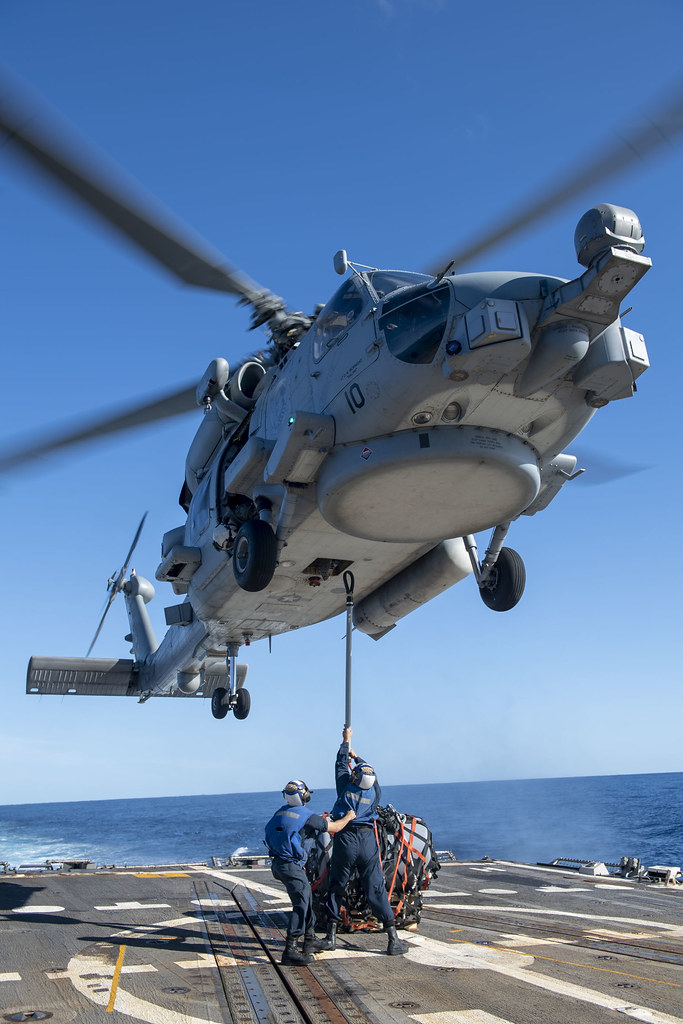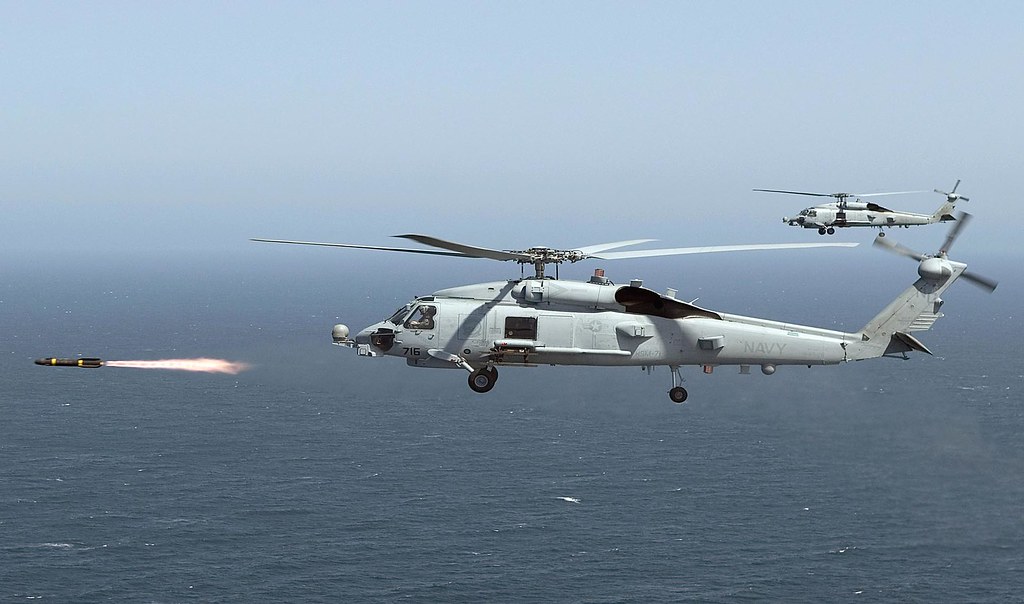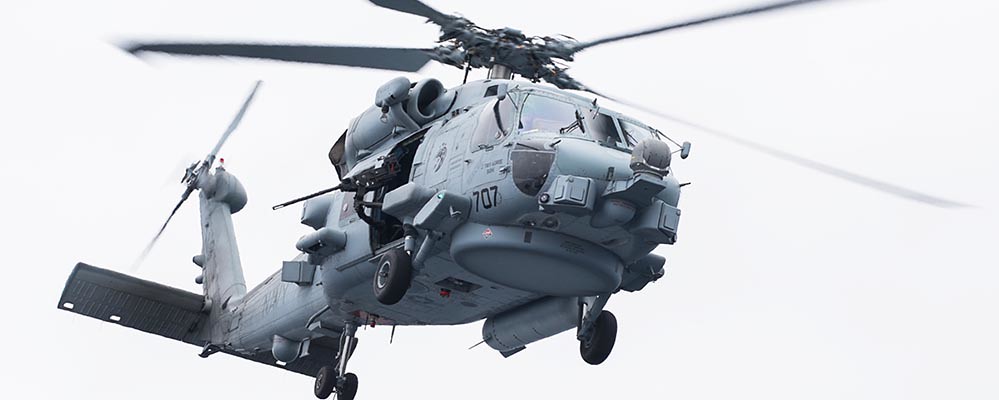MH-60R Seahawk: this is the new multi-mission helicopter that the Spanish Navy will receive
This week we have learned about one of the new acquisitions that Spain will make in defense matters, specifically for the Navy.
The Spanish Navy will receive eight MH-60R
This Tuesday, April 18, the Council of Ministers approved the purchase of eight Sikorsky MH-60R Seahawk helicopters, stating the following in this regard: "The basic purpose of this program is the acquisition of eight multipurpose naval helicopters, model 'Multi-Misssion Multi -Role Helicopter' (MH-60R). The amount of this project amounts to 820,515,490.36 euros and affects the annuities between 2023 and 2029."

The current fleet of SH-60 Seahawks of the Spanish Navy
The raison d'être of this new acquisition is to replace the older helicopters in the SH-60 Seahawk fleet of the Spanish Navy, made up of 20 units in total: 12 SH-60B (6 from the initial variant and another 6 of the Block I variant) and 8 SH-60F purchased from the United States Navy for transport missions. The first six SH-60Bs arrived in Spain on December 2, 1988, being part of the 10th Squadron of the Navy Aircraft Flotilla.

The six SH-60B Block I were received by the 10th Squadron of the Spanish Navy in October 2002. After their arrival, the initial six SH-60Bs were upgraded to the Block I Core B version, in order to have a homogeneous fleet. The Spanish Navy usually operates these helicopters from its frigates, both the "Santa María" class (F-80) and the "Álvaro de Bazán" class (F-100).

This is the MH-60R multimission helicopter
The development of the MH-60R began in 1999 from the SH-60B. Outwardly they are very similar. The difference between the initials of both helicopters indicates their capabilities: in US Navy aircraft designations, SH is assigned to helicopters whose primary mission is anti-submarine warfare (such as the Kaman SH-2 Seasprite, the Sikorsky SH-3 Sea King and the aforementioned SH-60 Seahawk), while the initials MH are assigned to multi-mission helicopters.

The main difference between the SH-60B and the MH-60R will be noticed by the crew members. While most of the SH-60B's instruments are analog, the MH-60's cockpit 60R has four large color multifunction displays to control the various on-board systems. That will make navigation much easier for your pilots. In addition, these screens are compatible with night vision goggles.

In addition, the MH-60R includes advanced digital sensors with a multi-mode radar, an electronic back-up measurement system, an electro-optical/infrared camera including FLIR and laser rangefinder, data links, survivability systems from aircraft, immersion sonar and sonobuoys (the latter was already available on the SH-60B, with its launchers located on the port side).

Lockheed Martin highlights that the MH-60R's fully integrated mission system processes sensor data "to build a complete situational picture of the ocean surface and subsea domain", so that the crew can "track, target and engage ships or submarines effectively and efficiently."

The MH-60R also includes an AAR-47 missile approach warning system, an ALE-39 anti-missile decoy dispenser, and an AN/ALQ-144 airborne infrared jammer against missiles heat driven. Among the advantages that Lockheed Martin points out for this helicopter is that it achieves 95% availability for flight, an excellent figure which is explained by easier maintenance for mechanics.

As for weapons, the MH-60R can launch Mark 54 MAKO anti-submarine torpedoes (a type of weapon with which Spain will equip its future F-110 frigates) and air-to-surface missiles AGM- 114 Hellfire , in addition to small arms in the right door of the helicopter. Due to these capabilities, the US Navy - which has operated the MH-60R since 2006 - has renamed its former SH-60B-equipped Anti-Submarine Light Squadrons (HSL) as Helicopter Maritime Strike Squadrons (HSM).
---
Main photo: U.S. navy. An MH-60R Seahawk of the US Navy's Helicopter Maritime Strike Squadron (HSM) 71 taking off from the aircraft carrier USS John C. Stennis (CVN 74) on May 8, 2018.
|
Don't miss the news and content that interest you. Receive the free daily newsletter in your email: |
- Most read
- The 'hole' without civil flights around Paris during the opening of the Olympic Games
- Stunning footage of the F-15QA Ababil in flight recorded from its cockpit
- The firearms used by the Pontifical Swiss Guard, the smallest army in the world
- This is the driver station of an M1 Abrams tank and the impressive start of its engine
- The first photo of an F-16 fighter with Ukrainian insignia and the details it has revealed
- Eurofighter vs F-35: the opinions of professional pilots on these advanced fighters
- The new CADPAT (MT) digital camouflage of the Canadian Armed Forces

 ES
ES







Opina sobre esta entrada: